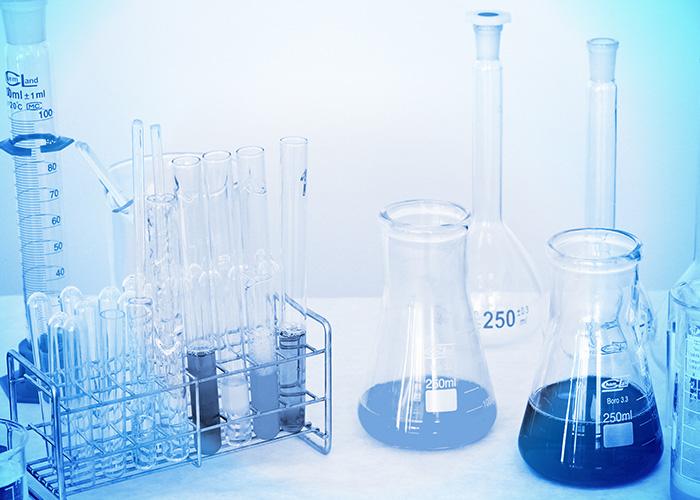Views: 8 Author: Site Editor Publish Time: 2020-01-05 Origin: Site








In the chemical industry, many chemicals may have small impurities after the production of synthesis, which is related to the production methods it chooses, but also with the operation of the operator has a great relationship. After synthesis, the presence of impurities in the flax if not removed in time, will affect its purity and use of the effect, destroy it and other chemicals react to the effect, very adverse. But what method do we have to use to determine that the substance contains impurities?

1, in the analysis of the balance accurately called the tablet alkali sample 1.5-2.0g, and placed in 250 ml beaker, addwater (no carbon dioxide) dissolved, quantitative transfer into 250 ml capacity bottle, diluted with water to scale, shake well.
2, the transfer test liquid 25.00 ml (3 servings) in 250 ml conical bottle, each add two drops of phenolic pyrientinindication indicator, titration with C (HCl) - 0.1mo/l standard solution, to the solution from red to colorless end point, note the consumption of HCl standard solution volume V1, and then add 2 drops of orange methyl indicator, continue to use the above-mentioned salt standard solution drops, to the end of the yellow.
3, write down the consumption of HCl standard solution volume V2, and then calculate the alkali content can be.
The above-mentioned measurement method to determine the content of impurities containing impurities is very simple to operate, it can accurately calculate the content of the diatoic and impurity content, for the production of higher purity of finished substances is very helpful, this method can also help us to better analyze the performance of a class of products and use effects, to ensure that their effectiveness can be fully played.